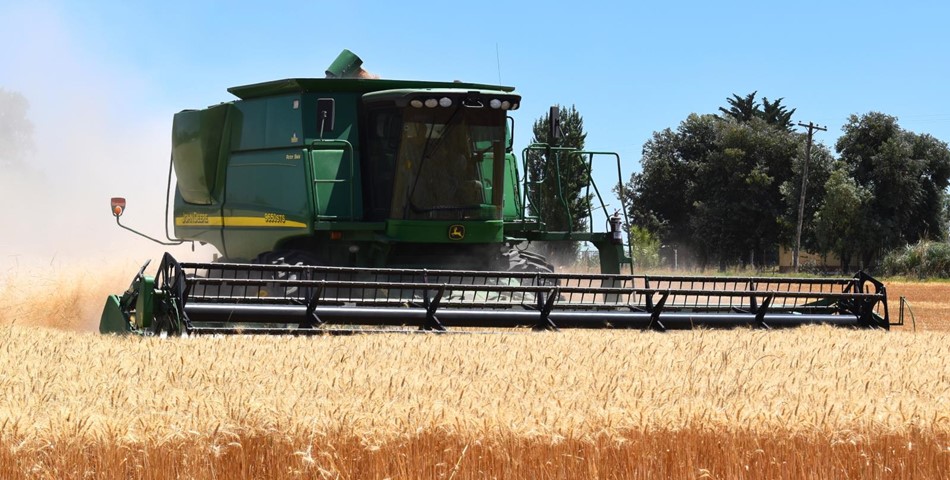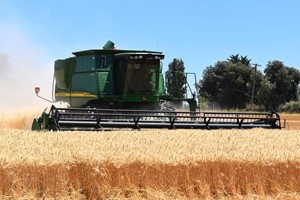Sector overview
Jordan is a net food importing country, purchasing up to 95% of consumable items from abroad including 100 % of its sugar, rice, powdered milk, tea, coffee, corn, and vegetable oil (excluding olive oil) needs. In addition, it imports most of its fish, cheese, chickpeas, pasta, lentils, and poultry, beef, wheat, and barley. In 2015, the agricultural sector accounted for 2.4% of GDP, while employing less than 15% of the labor force. Small-scale herders (sheep and goats) enjoy widespread political support due to their traditional place in Jordanian culture. Evidence of this support is seen in the government's failed attempts to withdraw subsidies on feed inputs, regardless of the increasing costs and inefficiencies.


Food and agricultural production
The agricultural sector accounts for USD1.4 billion or 2.4% of the national GDP, and it employs about 1.5% of the skilled labor force and 15% of the overall labor force. The sector hosts some 150,000 foreign (mainly Egyptian) guest workers. Despite its small footprint, agriculture accounts for 65-75% of Jordan's total water consumption. Less than 10% of Jordan's land area of 89,200 km2 is arable, and less than 5 % is cultivated. The actual cultivated area totals around 290,000 ha, of which 130,000 ha are planted with olives and fruit trees, 50,000 ha with vegetables and 110,000 ha with field crops. The unplanted area is estimated at 90,000 ha. About 90 % of the Kingdom receives less than 100 mm of rainfall annually and is used for grazing. Horticulture accounts for half of local agricultural production. In 2014, total exports of vegetables were 766,000MT. Fruit exports were 121,000MT of fruits, a 5% increase from 2014 despite the myriad of challenges from harsh weather to border closings. Jordan food self-sufficiency attained mostly in fruit and vegetables and fresh milk, with a 230 % self-sufficiency index for tomatoes, and 100% for fresh milk. It relies on imports to meet its needs in other key commodities and products with poultry at an 87% self-sufficiency index, dairy products 20-50%, 5% for barley and 2% for wheat, 1.5% for corn and zero% for rice, sugar and vegetable oil (except for olive oil).. Jordan's agricultural and food exports are mainly focused on neighboring countries and those in the region which constitute Jordan's major export markets for fresh fruits and vegetables, processed meats, food preparations and live sheep. It also exports fresh vegetables and fruits to markets as far away as Canada and Russia.
Web: www.usda.gov











